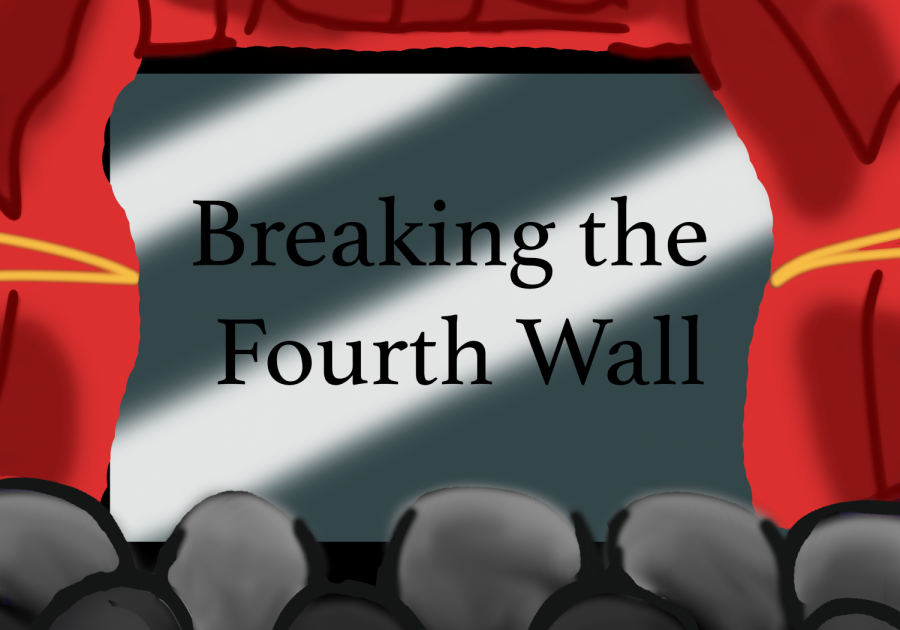40 years of “The Empire Strikes Back”
A retrospective and review
December 11, 2020
In May of 1980, the highly-anticipated sequel to the groundbreaking “Star Wars” opened in theaters with an opening weekend gross of $15.3 million (adjusted for inflation), more than doubling the first film’s. The film was met with mixed reviews, many complimenting the movie for its darker tone and expanded world-building and special effects while others were put off by its less innocent and adventurous direction. Today it is considered one of the best films ever created, and as this year marks the 40th anniversary for its release, it is the opportune time to examine what makes it so popular and acclaimed, as well as explore its own unique story and the themes within itself as a movie.
“The Empire Strikes Back” carries the theme of failure, highlighting each of the main characters on their journey in the second part of the trilogy. Han fails to escape his shady past while Lando fails to protect his friends. Leia and the rest of the Rebels are forced to flee their base and are in fear of the Empire; Leia also has lost Han, whom she had just realized her feelings for. The most important examples given of failure, however, is of Ben Kenobi, Darth Vader, and Luke. With the modern knowledge of the prequel trilogy, fans know that Vader, formerly Anakin Skywalker, had failed to stay on the light side of the Force. In “Empire,” he fails to recruit his son to the dark side and rule over the galaxy with him. Likewise, Ben feels shame for having failed Anakin as a teacher. Yoda is fearful of teaching Luke, telling Ben that he has “much anger in him, like his father.”
These mentors of Luke help shape his arc in this particular entry of the trilogy. Coming off his success of blowing up the first Death Star a couple of years previously in the first movie, Luke is less of a farm boy who longs for adventure, and is more experienced. However, this shift in roles has made Luke cocky and overconfident in his skills. When he discovers Yoda in the hopes of being taught in the ways of the Force, Luke is easy to give up and wary of Yoda’s teachings. He is eager yet struggles to slow down and be in the moment, and he abandons his lessons immediately when he senses his friends are in trouble. Yoda and Ben warn Luke that this eagerness and impulsiveness will only lead to more trouble for Luke. He does not listen and leaves, set on fighting and killing Vader in revenge for killing his father.
However, when he faces him, he fights violently and erratic. He is arrogant (“You’ll find I’m full of surprises”), and when Vader sees Luke’s weakness and brings up his father, Luke reacts confidently saying that he knows what happened. However, Luke had been misled by his mentors and did not truly know what happened to his father, and their failure led to Luke’s failure on Bespin—his realization that no, Vader is his father, and Luke is haunted by the fear that he is just as susceptible of giving into the dark side as his father was. Luke is distraught and he loses his confidence in his abilities and his trust in his mentors (and his hand). Luke’s failure was partially brought on him by Ben’s own failure, but Luke himself was brash and impatient, leading to his total failure in the end. Of course, this is a “Star Wars” movie and one of their mantras is “Rebellions are built on hope,” so we’re left with a shot that carries this theme for the next film, though there is still only little hope.
The film’s storytelling and acting (particularly from Mark Hamill’s Luke) are stellar in crafting the message and story. “Star Wars” continued—and continues—to impress with its revolutionary special and practical effects, the most notable being the puppet for Yoda. Using techniques usually associated with “The Muppets,” the creative team managed to create a creature that looked real and legitimate; though now on our television sets and widescreens the mouth syncing seems somewhat cheesy, the acting and overall realism of the puppet keeps us in the movie and believing that what we see is real.
The sets and lighting in the movie are stunning. The Rebellion base on Hoth looks cold and unstable and manmade, while the expansive ice planet is like a desert, though it is made of snow instead of sand. Dagobah is earthy and gritty and frightening. The set was built indoors, though you would not know it from looking at it. Swamps and plants and even real snakes inhabit the foggy and damp area. Cloud City is lighter and filled with polished stone, using neutral tones and shades of pink, while the lower levels of mining are dark and filled with industrial lights. The stark contrast between the sets and locations makes for a great variety and differentiation in the film. The final battle scene between Luke and Vader is beautifully shot with the two stark figures contrasting each other, and the first half of the battle is set in the dark with the jarringly-toned lights, which adds to the danger and thrill of the scene.
What “Empire Strikes Back” did was push the boundaries further on a film that had already pushed them themselves. “Star Wars” was a fun adventure story whose visuals reinvented the industry. “Empire” took that world and created a movie that was special and important in its own right. Its technology and practical effects were newer and improved. The story took the trilogy in a darker direction that added more heart and personality to the characters and world. It helped prove that sequels could be as enthralling as the original. “Empire” is a visually stunning story about failure, loyalty and perseverance. My personal favorite “Star Wars” movie is “Return of the Jedi,” but even I have to admit that “Empire” is the best in the saga. Without its success “Star Wars” as a franchise would not be as prevalent as it is today. While “Star Wars” (now titled “A New Hope”) was the game-changer and “Return of the Jedi” brought a satisfying end to the story of the Rebellion and Vader, “The Empire Strikes Back” fleshed out the story into something deeper and full of untapped potential that we still get to enjoy today, with as much wonder.






